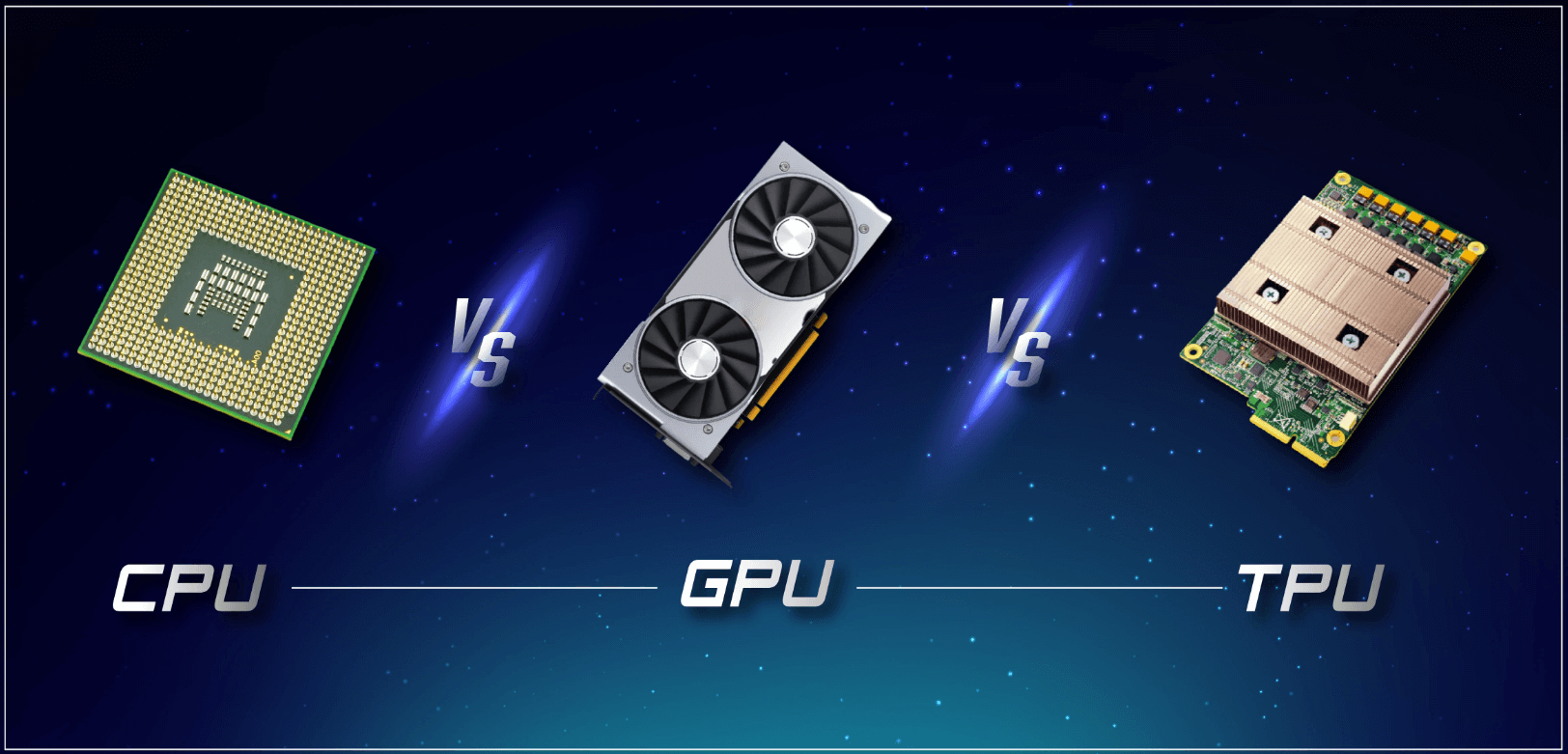We've already talked about CPUs, GPUs, and TPUs, but what's the difference between these three players? Each of them plays a crucial role in powering various applications, but they differ significantly in their design, capabilities, and usage.
Central Processing Units (CPUs)
CPUs are the brains of a computer, responsible for managing everyday computing tasks, such as web browsing, office applications, gaming, and running software programs. They are particularly well-suited for tasks demanding high levels of single-threaded performance.
Graphics Processing Units (GPUs)
GPUs consist of numerous cores organized into streaming multiprocessors (SMs), enabling them to handle parallel computations efficiently. Those are optimized for parallel processing, allowing them to perform thousands of computations at the same time.
Due to their great features, GPUs are also used extensively for scientific computing, artificial intelligence (AI), and deep learning tasks.
Tensor Processing Units (TPUs)
TPUs are hardware accelerators specialized for handling machine learning and AI workloads with precision. They excel at matrix multiplications and other tensor computations, speeding up training and inference tasks for AI models.
By understanding the distinct capabilities and strengths of CPUs, GPUs, and TPUs, you can make informed decisions when selecting hardware for computing tasks.
Need a hand? From computers and servers to storage equipment, GreenTek Solutions offers a wide range of professional IT equipment for sale. Visit our website or contact us to find the right gear at fair prices.

